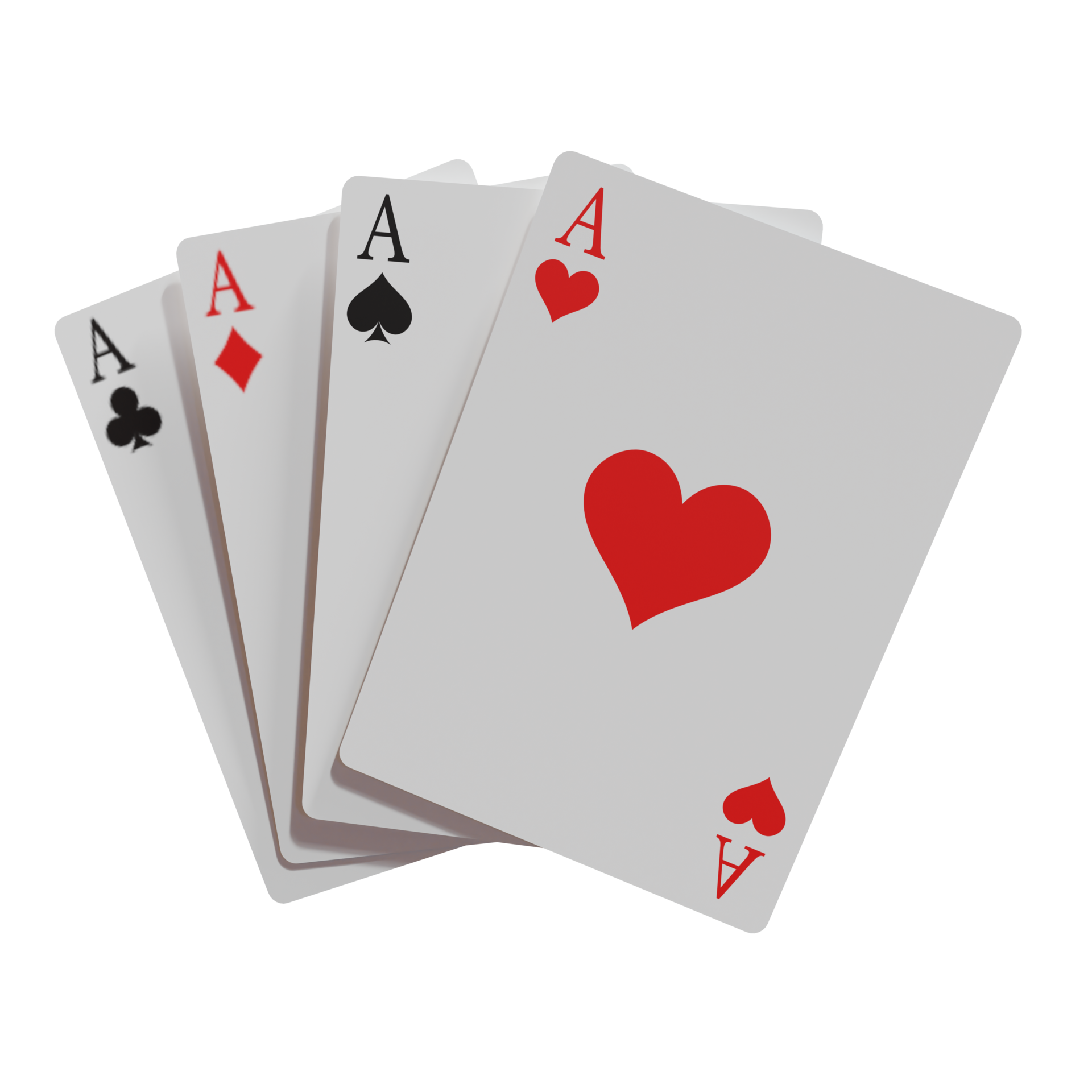The tarot, a mystical tapestry woven from the threads of the subconscious, beckons seekers of insight with its enigmatic cards. Each card emerges as a vivid brushstroke on the canvas of human experience, rich in metaphor and layered in meaning. This diverse compendium comprises the Major Arcana and the Minor Arcana, each segment embodying distinct yet interrelated narratives. Understanding tarot cards grants individuals a portal into the complexities of life, destiny, and the self.
The Major Arcana boasts twenty-two cards, each resonating with profound significance and symbolical richness. These cards serve as archetypes, encapsulating pivotal life lessons and transformative experiences. Among them, the Fool, numbered zero, is both an initiator and an emblem of potential. Its imagery—often a person poised on a precipice, accompanied by a playful companion—evokes the spirit of adventure and the importance of embracing the unknown. The Fool signifies beginnings, innocence, and spontaneity, often urging one to heed the call of the wild.
As one traverses the deck, The Magician emerges as a conduit of manifestation, wielding the elements to transform vision into reality. Clad in the garb of possibility, this card heralds the mastery of skills and the importance of harnessing one’s potential. With the power to create, The Magician teaches the value of focus, urging individuals to channel their energies toward their desires.
Continuing through the Major Arcana, The High Priestess stands as the guardian of intuition and hidden wisdom. Draped in mystery, she reminds us of the importance of introspection and the sacred feminine. Her essence suggests that not all truths are visible; some lie in the uncharted depths of the psyche. This card invites the seeker to trust their intuition and explore the unseen realms of existence.
Further along the journey, the Empress exudes the vibrancy of fertility, nurturing, and abundance. She embodies Mother Earth, inviting a connection to nature and the sensual pleasures of life. Her presence in a reading often signals a time of growth, whether it be in relationships or creative ventures. One cannot ignore the radiant energy she brings, a reminder of the beauty found in nurturing both ourselves and others.
The Emperor, in stark contrast, represents order, structure, and authority. He stands as a bastion of stability and power, inviting the seeker to establish boundaries and take charge of their life. This card often emerges when decisiveness and control are paramount, urging individuals to embrace their leadership potential and take responsibility for their circumstances.
The tarot also elegantly balances the light with the shadow, as evidenced by The Tower. It symbolizes disruption and sudden upheaval, a chaotic yet necessary jolt that dismantles outdated structures. The Tower teaches us that destruction, though daunting, is often a precursor to liberation—an enlightening realization that paves the way for new beginnings.
Moving into the realm of the Minor Arcana, we encounter the four suits: Cups, Pentacles, Swords, and Wands. Each suit represents specific facets of human experience. The suit of Cups delves into the emotional plane, exploring love, relationships, and intuition. Cards like the Two of Cups highlight the beauty of union, while the Five of Cups often signifies loss and the process of mourning. The cycles of emotion are beautifully encapsulated within this suit, revealing the inherent complexity of human connections.
The Pentacles suit resonates with material aspects and the physical realm. It embodies themes of work, finance, and security. The Ten of Pentacles, for instance, symbolizes wealth attained through family legacy, while the Three of Pentacles celebrates collaboration and the fruits of labor. An emphasis on practical matters intertwines with the spiritual, teaching that balance between the two is essential.
The Swords, representing intellect and conflict, tap into the mental arena. Each card within this suit unravels the various dimensions of thought and communication. Feelings of betrayal may surface through the Three of Swords, while the Ace of Swords heralds clarity and the cutting through of illusions. This suit implores individuals to confront their inner struggles, fostering growth through understanding.
Lastly, the Wands ignite the spark of creativity, ambition, and spiritual inspiration. The adventurous nature of the suit is exemplified in the Knight of Wands, who embodies the quest for exploration and passion. Conversely, the Four of Wands emphasizes celebration and community, marking milestones in personal achievements or relationships. This suit rallies individuals to pursue their passions and manifest their dreams.
Conclusively, the tarot serves not only as a reflection of the human experience but also as a guide through it. The cards, with their archetypal narratives and intricate symbolism, illuminate the paths we traverse, urging us to confront our fears and celebrate our victories. The interplay of light and dark, the majesty of the suits, and the profundity found within each card create an intricate mosaic of life itself. In essence, the tarot remains a timeless source of guidance, rooted in the universal truths shared by humanity across ages.









Leave a Comment